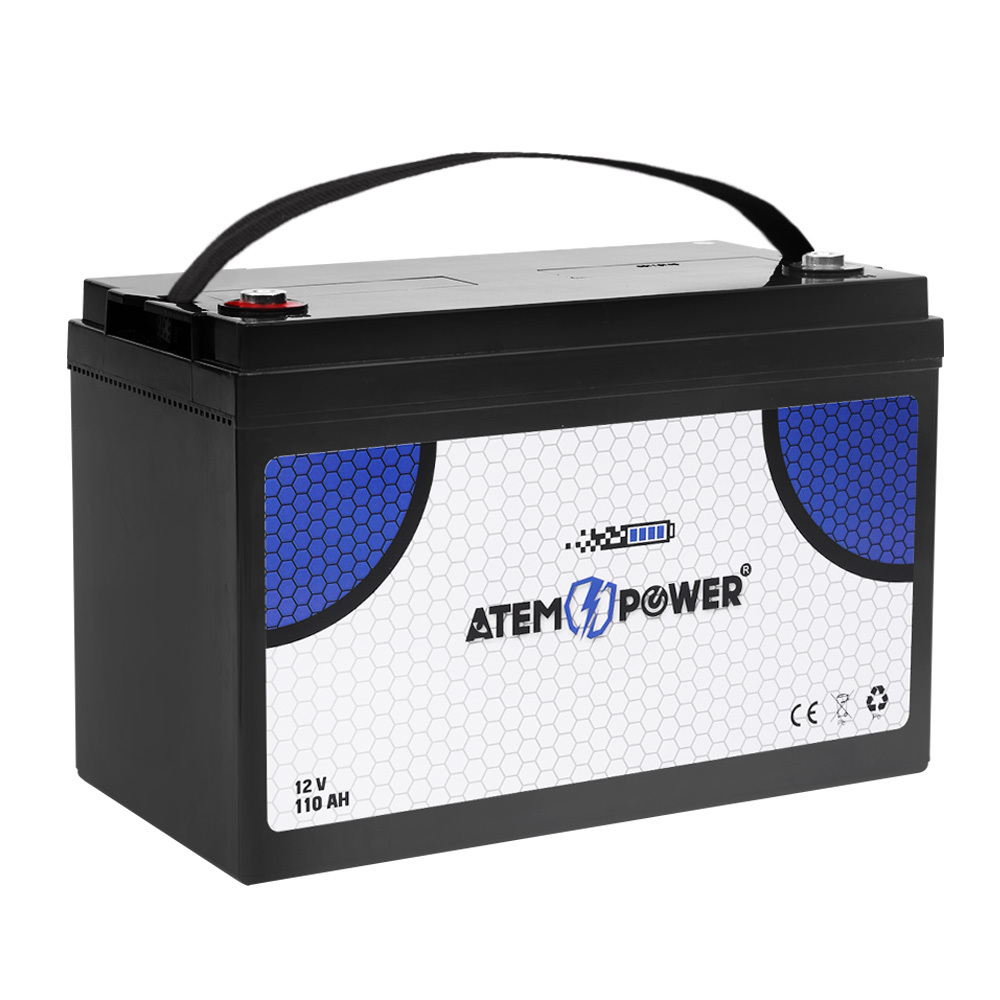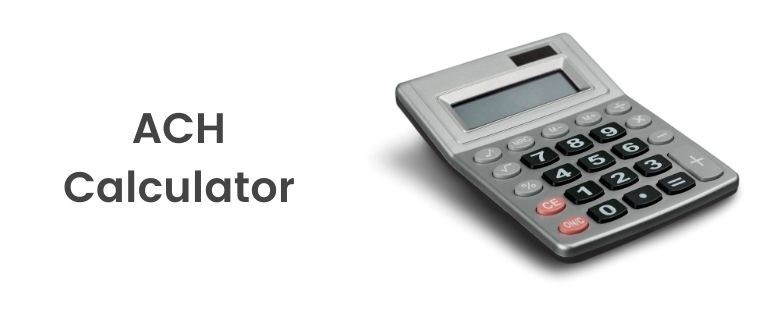

My kettle actually uses around 80 watt hours per day. So I did the following: 0.08 kWh × 1000 = 80 Wh. To convert kWh to Wh, you multiply kWh times 1000. After using my kettle, my monitor recorded 0.08 kWh.Ĭonvert kilowatt hours (kWh) to watt hours (Wh) if necessary. Locate the energy usage total on your monitor, which will be displayed in watt hours (Wh) or kilowatt hours (kWh). See how much electricity the appliance used. For my kettle, I only use it once a day in the morning, so I decided to check it once I was done making my morning coffee. Wait as the monitor records the appliance's electricity usage. Follow the instructions in the product manual.

Make sure the appliance's max current in amps is less than the monitor's current limit. I used an electricity monitor called Kill A Watt, into which I plugged my electric kettle. Plug the monitor into the wall, then plug your appliance into the monitor. You can use it to - you guessed it - measure how much electricity an appliance uses. Get Actual Watt Hours with an Electricity Usage Monitor Thus I estimate its daily energy usage to be 120 watt hours. To estimate my kettle's energy usage, I'd do the following calculation: 1200 W × 0.1 hrs = 120 Wh. 6 min ÷ 60 = 0.1 hrs.Ĭalculate watt hours by multiplying watts times hours (Wh = W × hrs). For instance, I estimate that use my electric kettle 6 minutes per day. Convert minutes to hours if necessary by dividing minutes by 60. Let's run through the final steps using my kettle as an example.Įstimate how many hours per day you use the appliance. Turns out it uses 1440 watts.įor my electric kettle, it already lists its power consumption in watts, so I don't need to do any conversions. So I'd do the following calculation: 12 A × 120 V = 1440 W. If it doesn't, look up the standard outlet voltage for your country and use that.įor my blender, the label says its voltage is 120 volts. The label should also list the voltage, which is usually 120 volts in the US and Canada. You do that by multiplying amps times volts (W = A × V). If your appliance lists its energy usage in amps, convert amps to watts. According to the label, the blender uses 12 amps (A). According to the label, it uses 1200 watts (W).Īnd here are the specifications for a blender I own. For appliances like fridges and dryers, you may have to pull them out to find it.įor example, here are the specifications for an electric kettle I own. Note: The label is usually on the back or bottom of the appliance. The number will be listed in watts (W) or amps (A).
#Amp hour calculator manual
Look at the appliance label or product manual for its claimed energy usage. Estimate Watt Hours from Appliance Specifications Get actual watt hours with an electricity usage monitor.Estimate watt hours from appliance specifications.I'll cover two ways to find out how many watt hours an appliance uses:
#Amp hour calculator how to
So the fan's total energy consumption that night was 150 watt hours.Įasy enough! How to Calculate Watt Hours of an Appliance Here's how to calculate its total energy consumption in watt hours: 50 W × 3 hrs = 150 Wh To convert watts to watt hours, multiply watts times hours.įor example, let's say you have a 50-watt fan, and you leave it on for 3 hours one night. How to Convert Watts to Watt Hours (W to Wh)
#Amp hour calculator generator
Once you know which appliances are using the most energy, you can choose to use them less often or replace them with energy efficient alternatives.įor example, if you realize that a couple of your lamps still use incandescent lightbulbs, you can replace them with LED lightbulbs which use at least 75% less energy.Īlso, if you want to power stuff with a battery or solar generator - such as when going camping - totaling up how many watt hours all your devices use is an important part in figuring out how big of a battery to buy. This is useful information when trying to reduce your electricity usage and lower your monthly power bill. Here's the formula for converting watts to watt hours:Ībbreviated: Wh = W × hrs Why Calculate Watt Hours?Ĭalculating watt hours tells you how much electricity your devices and appliances use. If that same lightbulb runs for 2 hours, it uses 20 watt hours (20 Wh) of electricity. When talking about devices and appliances, using watt hours is a way of conveying how much electricity they use.įor example, a 10 watt LED lightbulb that runs for 1 hour uses 10 watt hours (10 Wh) of electricity. Or would you instead like to convert watt hours to watts? What Is a Watt Hour? A 10 watt LED lightbulb that runs for 1 hour uses 10 watt hours of electricity.Ī watt hour (Wh) is a unit of energy equal to 1 watt (W) of power sustained for 1 hour. Conversion formula: watt hours = watts × hours


 0 kommentar(er)
0 kommentar(er)
